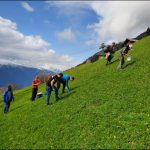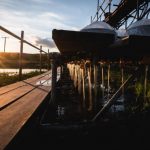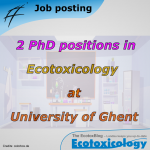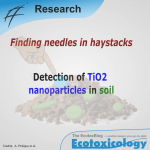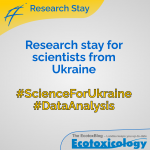In May 2022, a couple of M.Sc. Ecotoxicology students along with Carsten Brühl went to South Tyrol (Italy) to investigate the distribution of pesticides in alpine environments. A part of the group were students from the module Methods in Ecotoxicology, that includes a block lecture and a laboratory test and this year also a field part to perform exposure measurements. The Landau group met with Johann Zaller from BOKU Vienna, author of Daily Poison.
In this blogpost, two of those students, Ken Mauser and Nina Engelhard, present the reason for going to South Tyrol, some brief details about the study and their experience.
Continue reading
